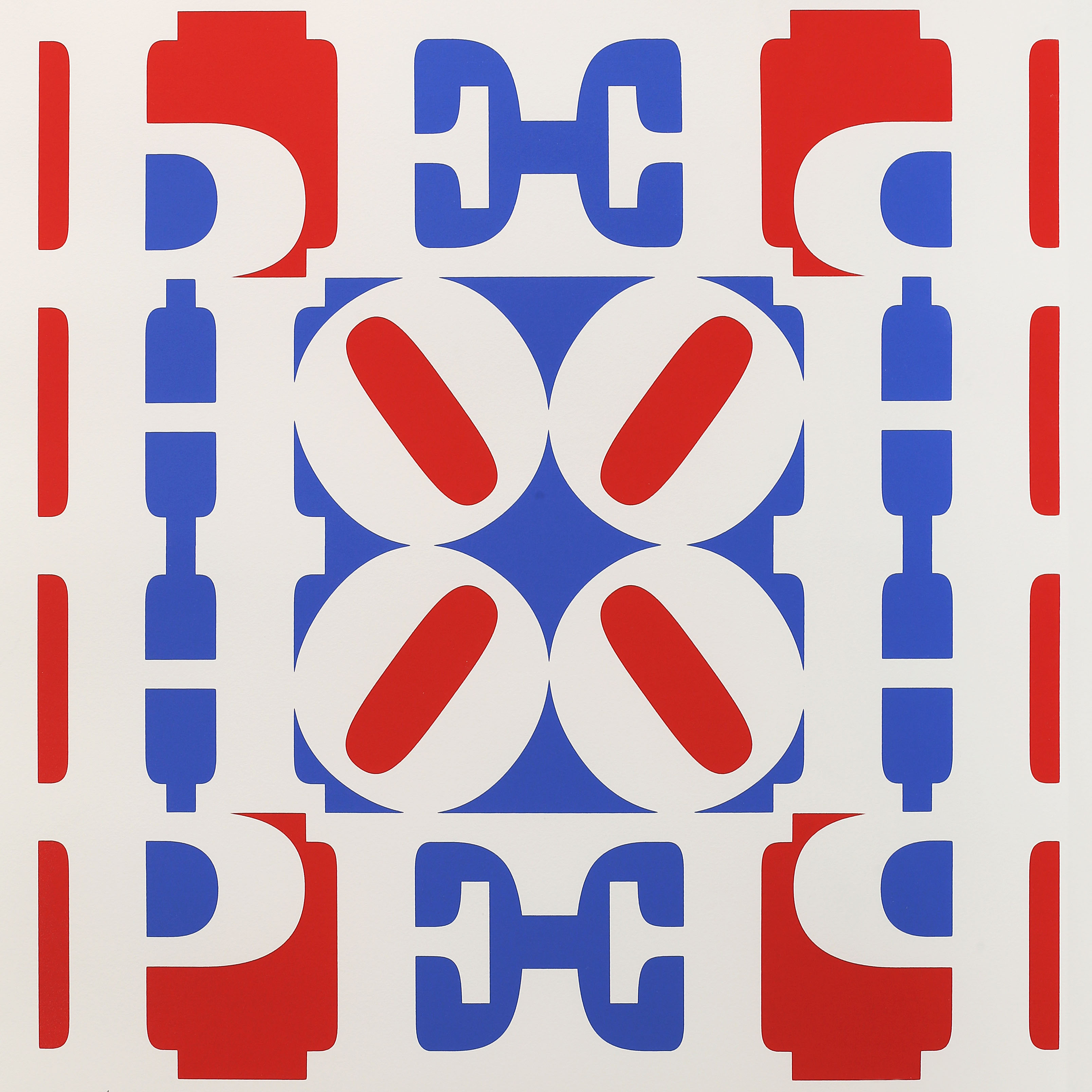Galleries
artnet Asks: Diego Giolitti on Why Robert Indiana Is More Relevant Than Ever
It's all about love and hope.

It's all about love and hope.

Artnet News

Today Contini Art UK gallery opens “Don’t Lose HOPE,” the first solo exhibition by American artist Robert Indiana in the UK in over a decade. A Pop artist with a career of impressive longevity, Indiana still preaches hope and love—in literal form—in his iconic paintings and sculptures. He recently discussed the history of his LOVE piece in an interview with the Guardian, “When LOVE takes over: how Robert Indiana’s artwork conquered the planet.”
Diego Giolitti is Contini Art UK’s sales and marketing director, and a specialist in emerging art markets. Based in London, and with his previous experience as a gallery director in San Francisco, Amsterdam, Paris, as well as his native Venice, he brings an international insight to his work. Here, Giolitti discusses what he considers to be the new-found relevance of Indiana’s work, what the art he grew up with meant to him, and the one thing about artists that should never be forgotten.

Diego Gioletti, left, with ContiniArtUK gallery owner Cristian Contini, right. Courtesy of ContiniArtUk.
Tell us about your background in art and what led you here.
My background is not the most typical for someone in the arts. Born in Italy, I studied Persian and Arabic language and literature, and didn’t enter into the art world until I moved to the States to complete an MA in the management of arts at UC Berkley. I have since worked with various commercial galleries and museums around the world, before completing a PhD at the University of Cambridge focusing on Iranian contemporary art. I have also lectured at the department of history at SOAS and for the Asian and Middle Eastern studies program at the University of Cambridge.
What is the first artwork that captured your attention?
My mother has always been a keen collector of art, and as children we were always surrounded by beautiful works. From the moment we were born, it was decided which work we would go on to own for ourselves. Since being a newborn baby up until this very day, I have always had a Théophile De Bock landscape on my bedroom wall. It was the first artwork in my life and it will still be with me, in my bedroom, until the end.
What type of art does your gallery focus on?
Contini Art UK focuses on contemporary and modern art. We are the only gallery in the UK to directly represent the artists Fernando Botero and Robert Indiana. Our portfolio is highly selective, and we give the utmost attention to detail when choosing works for our collectors interested in modern art. We were recently entrusted to sell a Mona Lisa by Warhol, as well as a stunning, museum-quality Caravaggio.
How did you settle on your specialty, and what makes your gallery unique?
Having such varied specialties from different areas of study, I have gathered all my knowledge and experience together and started to push forward brand development, PR, and market strategy specifically designed for the culture industry. This business model is not specific to an art period or style, but instead seeks to create a platform for commercial galleries and museums to gain visibility and improve as a business.

Robert Indiana, HOPE Wall (Red White Blue) (2010). Courtesy of Contini Art Uk.
At Contini Art UK we try to offer a unique, customer-based service, providing in-depth knowledge about art in a friendly environment. We want our clients to feel a part of the family, so, for example, we throw wonderful gala dinners after all of our openings. These are attended by hundreds of people, such as the 400 we seated at the Dorchester after the opening of our Mikhail Barishnikov exhibition.
What has been your proudest moment?
My proudest moment was probably holding in my hands a 1945 Robert Indiana watercolor. Painted while Indiana was still in high school, it evoked such immense feeling. Holding something so precious to such a well-established artist—coupled with the trust he had put in us to display such a personal work—evoked a huge amount of self-pride.
Where are most of your buyers from? Which countries?
This is almost impossible to answer. Being in the heart of Mayfair, London, our customer base is incredibly international. We have been lucky to have clients from every continent in the world, and this exciting experience has helped me to see that art works as a universal language, through which we can all communicate.
What is your next important show? Tell us why we should come.
We are honored to be exhibiting a solo exhibition of the internationally-acclaimed American artist Robert Indiana, “Don’t Lose Hope,” running from October 13 to January 31. Indiana’s works LOVE and HOPE are undoubtedly the artist’s most recognized and sought-after pieces, having taken on an iconic status. In his sculptures, Indiana merges the practices of the artist and the poet. A reader is accustomed to understanding words within context—as a part of sentences. Indiana, however, rejects this model, rather choosing to depict the isolated word as visual art in and of itself. Thus LOVE and HOPE are simultaneously simple and complex. These works maintain a poignant contemporary relevance, because they demonstrate the strength of human compassion in a world that is not yet idyllic. In 2015, the world is embroiled in a migrant crisis as thousands flee a war-torn countries, and Indiana’s iconic works of art LOVE and HOPE become relevant to everyone once again.
What advice can you give to a first-time collector?
There are two pieces of advice I would give to any first time buyer: firstly, find a trusted expert, someone who offers in-depth knowledge and whom you feel comfortable working with. This is vital to understanding and navigating the art market. Secondly, always go for the exception—look for the unexpected or the unusual in a particular artist’s practice.
What is the best show you’ve seen recently?
Without a doubt it would be Agnes Martin at the Tate. The work was simply amazing, and you could see how she used her artistic skill as a tool for psychotherapy. The curatorial approach of the show also played into this idea: travelling through the show was like going on a powerful journey from darkness to light. The first works had a tense feeling of imprisonment, with grid-like forms evoking jail cell bars, but as you moved through the exhibition the work became more free. It loosened itself against the shackles of imprisonment, and you felt born again, free and immersed in light.
If you could own any artwork, what would it be and why?
Right now, I would own Agnes Martin’s Friendship, 1963. After seeing the show and contemplating the immense power of the artist, this piece helped remind me that art is so much more than something pretty on a wall. Behind every work is a piece of the artist who created it. The artist is like any other person, full of insecurities and problems. They just chose to communicate themselves directly with the world through their art, and this should never be forgotten. This is what I would call a life-inspiring experience.